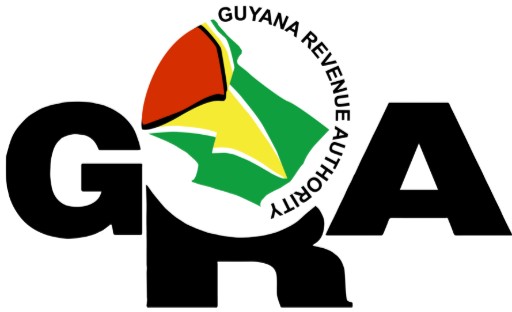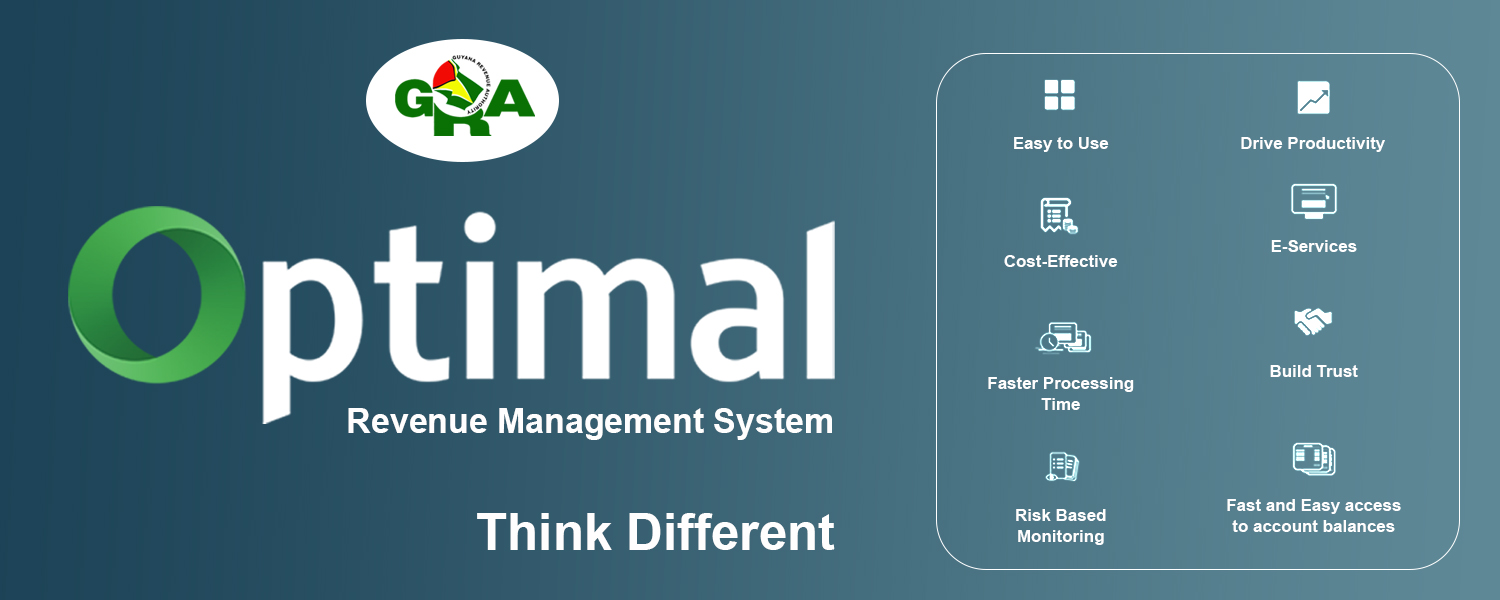The general requirements for commercial imports using the Asycuda World portal
Purpose: For the processing of shipments that are Commercial Import for home use.
The importer can submit a copy of the e-sad along with all supporting documentation to the Examination Officer.
The procedure for Import is as follows:
- The declarant submits an IM4 declaration. Must ensure all items with correct commodity code and CIF are assigned correctly.
- The system calculates the total duties payable.
- The declarant pays the total duties and taxes (online or at cashier)
- The system payment triggers the selectivity lane assignment and assigns Office(s) and Proper Officer(s).
- The Proper Officer(s) completes task according to lane selection (review of documents)
- The Proper Officer examines if selected for examination and releases the shipment
- The Wharfinger/Custodian the prepares an Exit note
- The Patrol Officer acknowledges the Exit note
The general requirements for commercial imports using the legacy system
Requirements for commercial imports will vary depending on the type (s) of imports:
- Bill of Lading (BOL)/Airway Bill with the Freight Certified Stamp
- Original invoice with the Company’s stamp or signature; certified invoice
- Form C21
- A certificate from the Pesticide, Toxic and Chemicals Control Department (required for the import of chemicals)
- Import Licence Certificate from the Ministry of Trade (required for the import of pharmaceuticals and cosmetics)
- If importing a reconditioned motor vehicle, the cancelled registration from the company or individual from whom the vehicle was purchased (it should be noted that new vehicles do not require a cancellation of registration)
- Freight Certified Airway Bill or delivery order
- Bills or receipts (original)
- Form C32 A or B
- A worksheet
- For CARICOM goods, a CARICOM Certificate of Origin
- CG letter for exempted items (for some items).
- PROCEDURE FOR LODGING AND PROCESSING OF CUSTOMS DECLARATIONS
The importation process
- The importer, consignee, broker or agent lodges his/her documents at Customs Lodging Area, GRA’s Headquarters for vetting. Once documents are in order, the importer, consignee, broker or agent proceeds to step 2. If the documents are not in order, they are returned to the importer, consignee, broker or agent for necessary changes to be made.
- He/she then receives a Lodgment Number.
- The entry will then be processed usually in one day, but potentially three to five days, especially for a large shipment of multiple items.
- If the payment is greater than G$30,000, the importer, consignee, broker or agent is first given an Assessment Notice which must be taken to pay the Cashier where the taxes assessed are to be paid. After payment, the broker or the investor will be given official receipts and copies of the entry by the Cashier before proceeding to the Transit Shed (T/Shed).
- At the Transit Shed where the goods are stored, the importer, consignee, broker or agent presents the entry to the shipping agent.
- The shipping agent examines the documents, and if correct, gives it to the Officer – in – Charge (OC) who in turn authorises that the goods be brought out and examined. At this point, the physical goods that are being imported are compared to those listed on the invoice.
- It should be noted, that Customs in Guyana is similar to other Customs Departments around the world; Customs Officers will not undertake 100% inspections of 100% of imports. Rather, they employ risk profiling techniques.
- Random checks may be conducted even if the risk profile is low for a particular item. The percentage of examination conducted is determined by the criteria set in the Total Revenue Integrated Processing System (TRIPS).
- Once the inspection, if any, is completed, the importer, consignee, broker or agent obtains delivery of the goods and the documents are stamped for release

